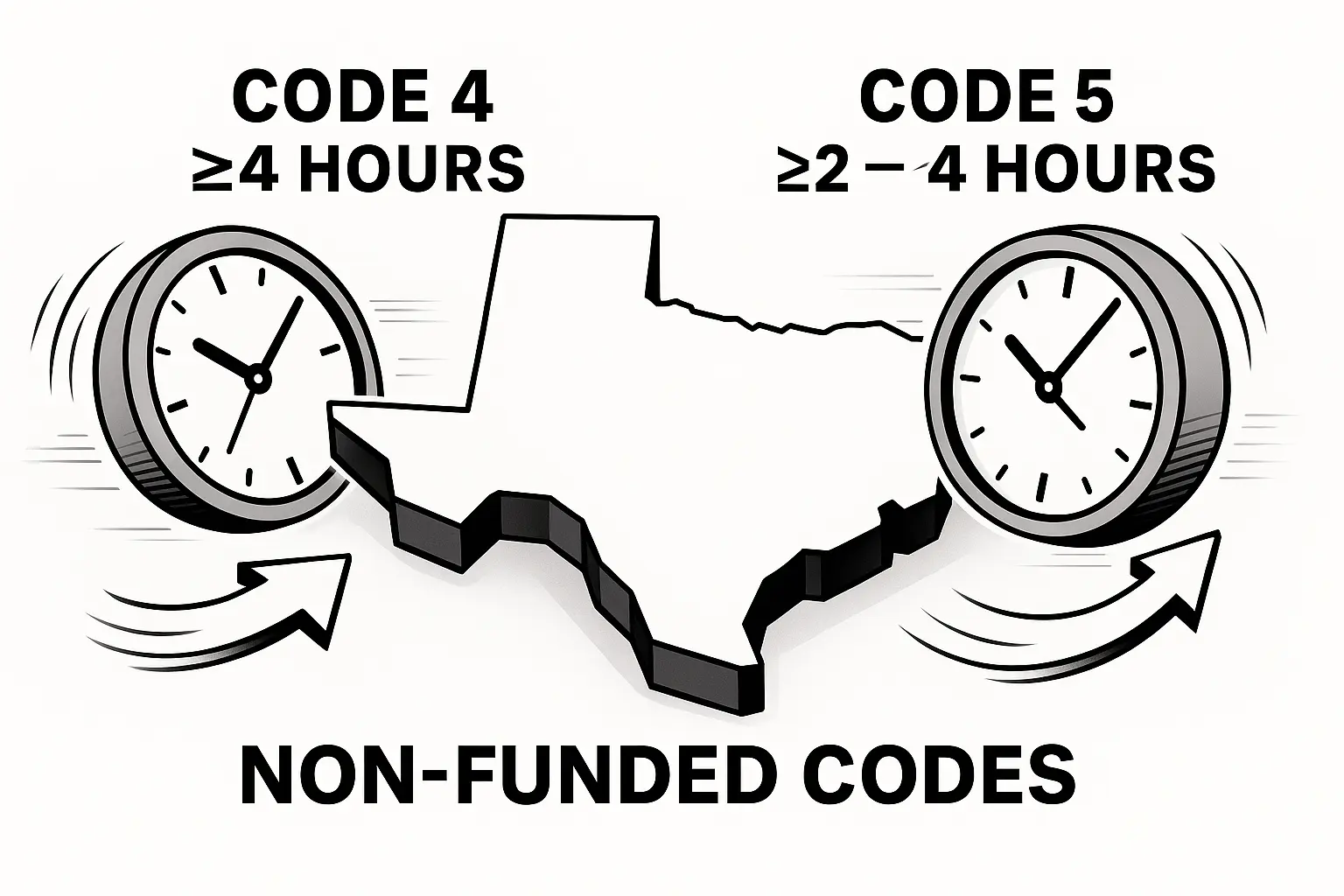Response to Intervention (RTI) is a structured, multi-tiered support system (MTSS) used in K–12 education to identify students who need additional academic or behavioral support. When implemented effectively, RTI helps prevent long-term learning difficulties by providing targeted interventions early and consistently.
This article provides a practical, step-by-step explanation of how to implement RTI in the classroom, including RTI strategies for teachers, tier descriptions, and tips on data-driven decision making, documentation, and use of intervention tools.
What Is RTI?
RTI was introduced through the Individuals with Disabilities Education Act (IDEA) in 2004, laying the legal foundation for early intervention in general education.
RTI, or Response to Intervention, is a proactive approach that combines high-quality instruction, data-informed assessments, and escalating levels of support to meet the needs of all students. The RTI process is typically divided into three tiers:
- - Tier 1: Universal instruction for all students
- - Tier 2: Targeted small-group interventions for students who need additional help
- - Tier 3: Intensive, individualized interventions for students with significant learning or behavioral challenges
The Three RTI Tiers Explained
Tier 1: Core Instruction (80-90% of students)
All students receive high-quality, standards-aligned classroom instruction. Teachers use differentiation and universal screenings to ensure students are progressing as expected.
Tier 2: Targeted Group Interventions (5-10%)
Students who don’t respond sufficiently to Tier 1 are placed in small groups (3–6 students) for targeted instruction focused on specific skill deficits.
Tier 3: Intensive Individualized Interventions (1-5%)
Students with significant learning or behavioral needs receive frequent, individualized instruction—often with the involvement of specialists or interventionists.
Think of RTI tiers as "all, some, and few"—each level responding to the intensity of a student's needs.
Step-by-Step Guide to Implementing RTI in the Classroom
Step 1: Strengthen Tier 1 Core Instruction
The foundation of RTI is a strong Tier 1. All students should receive high-quality, evidence-based instruction aligned with grade-level standards. Strategies like differentiation, formative assessments, and student engagement are essential.
Teachers should ensure instructional fidelity, delivering lessons as intended with consistent methodology. Regular classroom assessments (exit tickets, quick checks, benchmark tests) help determine if students are mastering essential skills or falling behind.
Example: A 3rd grade teacher uses math exit tickets daily and notes a group of students struggling with place value. This data will guide future small-group instruction.
Step 2: Conduct Universal Screenings
Universal screenings are brief assessments administered to all students three times per year (fall, winter, spring). These assessments help identify students at academic or behavioral risk early.
Common tools for elementary classrooms include:
- - DIBELS (Dynamic Indicators of Basic Early Literacy Skills)
- - AIMSweb
- - Teacher-created diagnostic tools for reading and math
This step enables early identification and supports data-driven instruction.
Tip: Record results in a shared RTI tracking template to compare growth across time and support team discussions.
Step 3: Implement Tier 2 Small Group Interventions
Students who need more support than Tier 1 provides move to Tier 2, where they receive targeted small-group interventions addressing specific skill deficits.
Key components of Tier 2:
- - Sessions occur 2–4 times per week for 20–30 minutes
- - Interventions are research-based and aligned with the academic intervention plan
- - Weekly progress monitoring with CBM probes, fluency charts, or running records
These interventions must be implemented with consistency and instructional integrity.
Example: A reading group works on decoding multisyllabic words using structured literacy methods.
Monitor progress weekly using curriculum-based measures (CBMs) and adjust groups as needed.
For a list of proven, research-backed programs, see the What Works Clearinghouse (WWC), maintained by the U.S. Department of Education.
Step 4: Intensify Support with Tier 3 Interventions
If students show insufficient progress in Tier 2 (typically after 6–8 weeks), they may enter Tier 3. This involves more frequent, individualized instruction.
Tier 3 features:
- - Daily or near-daily one-on-one or small-group sessions
- - Focus on foundational academic or behavioral skills
- - Collaboration with specialists such as reading interventionists or special education staff
- - Frequent review of progress using structured data tools
Schools may involve a Student Success Team (SST) to analyze Tier 3 data and recommend next steps.
Example: A student receives 1:1 phonics instruction with a reading specialist using Orton-Gillingham methods.
Step 5: Maintain Comprehensive Documentation
Accurate RTI documentation is essential for instructional planning and potential special education referrals. Teachers should record:
- - Universal screening results
- - Intervention group placements and rationale
- - Instructional minutes and schedules
- - Progress monitoring data
- - Collaboration notes and parent communication
Using RTI tracking templates, spreadsheets, or digital platforms helps standardize and streamline the documentation process.
Best Practices for RTI Success
- Implement interventions with fidelity. Follow the program exactly and consistently to ensure validity.
- Use short, frequent progress monitoring. Weekly data collection helps you spot trends and adjust quickly.
- Collaborate with specialists and parents. Special education teachers and families offer insight and reinforcement.
- Communicate with students. Help them understand their goals and growth to build self-advocacy.
- Protect intervention time. Don’t let Tier 2 and 3 get sidelined for assemblies or enrichment blocks.
Real-World Example
Scenario: A 5th-grade teacher notices a student struggling with fractions. After Tier 1 fails to close the gap, the student is moved into a Tier 2 small group using manipulatives and visual models. Progress is monitored weekly.
After 8 weeks, growth is limited. The student moves to Tier 3 and receives daily 1:1 support from a math interventionist. Detailed logs are kept and shared during parent-teacher meetings and with the RTI team.
Frequently Asked Questions (FAQ)
1) What is the main goal of RTI?
The main goal of RTI is to identify struggling students early and provide targeted interventions to support their academic or behavioral growth before more intensive support is needed.
2) How often should universal screenings be conducted?
Screenings are typically conducted three times a year: in the fall, winter, and spring.
3) What qualifies a student for Tier 2 intervention?
Students who do not make sufficient progress in Tier 1 instruction and fall below benchmark levels based on screening or classroom data may be placed in Tier 2 small-group support.
4) How is RTI different from MTSS?
RTI focuses mainly on academic interventions, while MTSS (Multi-Tiered System of Supports) includes RTI and PBIS, addressing both academic and behavioral needs in a unified framework.
5) What should teachers include in RTI documentation?
Teachers should record screening results, intervention schedules, instructional minutes, student progress data, collaboration notes, and parent communications.
6) Can RTI be used for behavior problems?
Yes. While RTI often focuses on academics, it also supports behavioral challenges. Many schools integrate behavioral interventions through MTSS and PBIS within the RTI framework.
7) Who is involved in implementing RTI at school?
General education teachers, interventionists, special education staff, school psychologists, and administrators may all play a role in planning, delivering, and evaluating RTI supports.
Conclusion
Knowing how to implement RTI in the classroom is essential for supporting all learners, especially those struggling to meet grade-level expectations. By following the steps above, educators can create a proactive, inclusive, and data-responsive support system that prevents academic failure.
Strong core instruction, timely screenings, research-based interventions, and clear documentation are the pillars of effective RTI practice.




